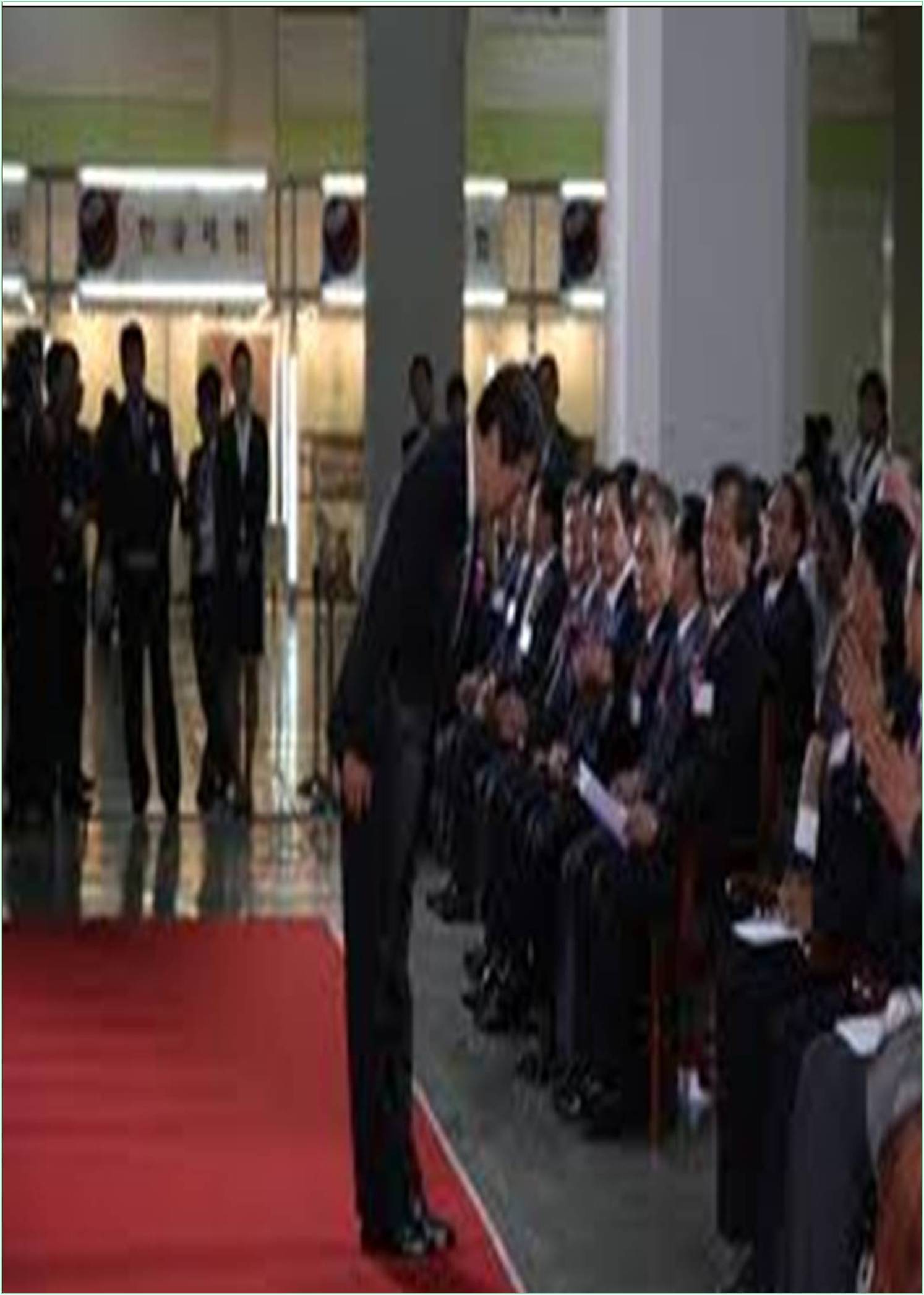



Received: 15-Nov-2022, Manuscript No. JPAPR -23-83943; Editor assigned: 18-Nov-2022, Pre QC No. JPAPR -23-83943(PQ); Reviewed: 02-Dec-2022, QC No. JPAPR -23-83943; Revised: 08-Dec-2022, Manuscript No. JPAPR -23-83943(R); Published: 16-Dec-2022, DOI: 10.15651/JPAPR.22.04.008
Planning, organizing, directing, coordinating, and supervising government actions are specifically included. Whatever their form of government, all countries have public administration. Public administration is done at the national, regional, and local levels within nations. The interactions between several levels of government within a single country do, in fact, represent a rising issue with public administration. Public administration has become a unique profession in the majority of the world thanks to the emergence of highly skilled administrative, executive, or directive classes. Typically, the term "civil service" refers to the group of public administrators. Since the early 20th century, the historically associated elitist class connotations with the civil service have been actively disregarded in the United States, leading to the recognition of civil servants as professionals and appreciation of their knowledge. The military, the courts, and the police are some examples of full-time state agencies that are contrasted with the civil service.
Most nations traditionally make a difference between individuals employed domestically in the civil service and those travelling overseas to perform diplomatic duties. An individual who works directly in the management of the state's internal affairs and whose position and status are neither political or law enforcement is known as a civil servant. Local government or public businesses are typically not included in the civil service in most nations. However, some provincial staffs are civil employees in some nations, especially those unitary states where provincial administration is a part of the central government. Federal, state, and municipal governments all have their own civil services in the US, and a civil service is a particular category of public employment that is entered through examination and offers permanent tenure. All civil services have a few qualities. Senior government employees are thought of as the experts who advise those who create state policy. In some nations, technical degrees in disciplines like engineering, medicine, economics, and accounting are required for admittance into the higher public service. In certain nations, legal training is considered desirable, whereas in others, candidates for senior positions are not required to have a particular technical or academic discipline. Senior civil servants are considered professionals in the sense that, regardless of their exact qualifications, their knowledge of public affairs is believed to have equipped them with the ability to understand the parameters within which state policy can be implemented as well as the likely administrative outcomes of various courses of action. In every nation, civil servants are supposed to advise, caution, and help those in charge of setting state policy as well as, once this has been established, to provide the organization for putting it into action. The political members of the executive are in charge of making decisions about public policy. Normally, public officials are shielded from criticism or responsibility for their recommendations. A member of the executive cannot defend the actions of their administration from specific judicial oversight, nevertheless.
The structure of the civil services follows conventional hierarchical lines, with a pyramid-shaped command structure rising from the lowest offices to the highest. In order to sustain this system, the hierarchy of offices is marked by stable positions, well-defined duties, precise powers, and objectively assessed incomes and perks. This command entails adherence to the authorized instructions of a superior. In some nations, individuals who have never held a position of authority may be directly appointed to that position as like the hierarchical pyramid's structure. Development of public administration over time and in various political systems is also topics covered in this article. The issues with administrative law and bureaucratic structure are given particular focus. Government economic policy is a topic that is important to public administration.